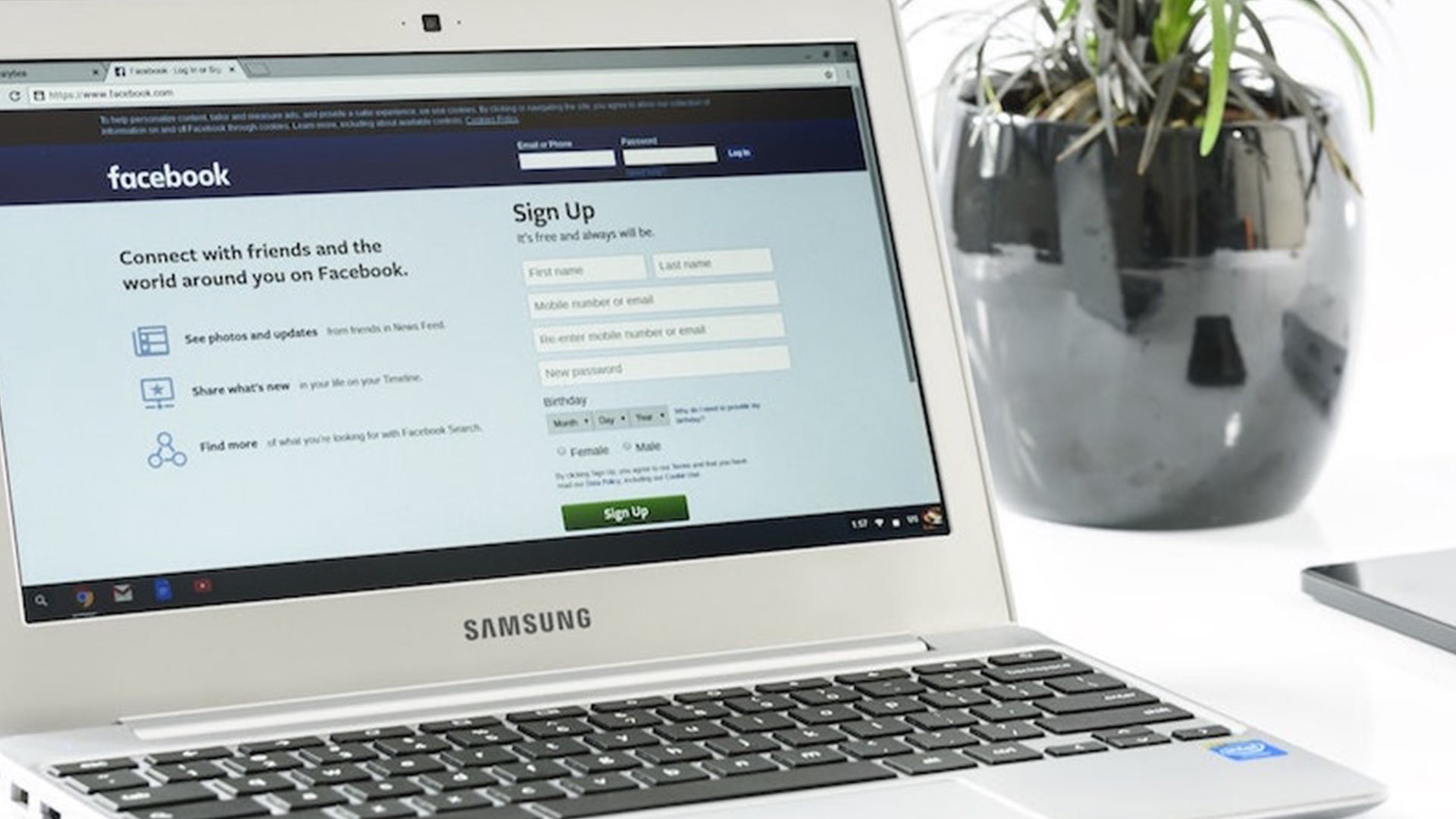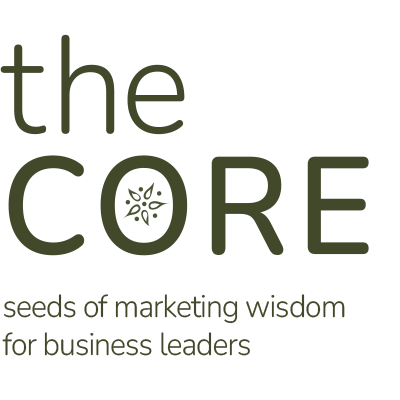Are you struggling to get engagement or reach on LinkedIn?
Social media strategies aren’t what they once were. The formula for success is no longer simply “post more often,” or “interact with your content,” which we’re sure you’ve heard countless times. Especially for B2B companies, social media is a different animal—it doesn’t play by the same rules as its B2C counterparts. Not to worry, though. With a well-planned LinkedIn strategy, you can increase your following, engagement, brand awareness, and even encourage teamwork among your employees.
Here’s what you’ll need to get the most out of your LinkedIn presence:
- A current and engaging business page
- Digestible content that speaks to your audience’s pain points
- Diligent and proactive engagement with your audience
- An employee-centric content and engagement strategy
- A budget for strategic paid ads
How to Get the Most Out of Your LinkedIn Presence
1. A Current and Engaging Business Page
When was the last time you revisited your LinkedIn business page? Chances are, a lot has happened in your business since you first created the page. On top of that, standards for what makes a good business page have changed. Review your page to ensure that all your information is up to date. You may also consider switching up your “About” content to speak directly to your audience. Rather than a simple description of what your business does, capture your audience’s attention by telling them how you can solve their problem specifically. Tell them who you help, what you do, and what your differentiators are. This allows your audience to quickly identify that you’re the right fit. Tip: LinkedIn only shows the first two lines of your description without the user having to click to read more. Make those two sentences count!2. Digestible Content that Speaks to Your Audience’s Pain Points
This is always the tricky one, right? Engaging your audience through eye-catching content. You must find a way to speak to your audience’s needs, while also giving them content that they can quickly digest. That may include graphics, original blog content, thoughtful insights, or shared content from other reputable sources. Try to create (or find and share) content that your audience can learn something from very quickly as they scroll through their feed. Tip: Always tag any relevant people or businesses in your posts. Also, make good use of your hashtags to help users find your content.3. Diligent and Proactive Engagement with Your Audience
We know you’re busy and have very little time to watch over your social accounts. But, engagement is one of the most important elements of your LinkedIn strategy. Ensure that you always answer comments or proactively engage your audience in conversation by asking a question in the first comment on your post. To further encourage engagement, you may also consider tagging someone in the comment who you feel may have particularly good insight on the subject. Tip: Set a calendar reminder to help you remember to check your LinkedIn and engage at least twice per day.4. An Employee-Centric Content and Engagement Strategy
Involving your employees is a great way to build teamwork, making your team feel more connected to your audience and to each other. Here are a few of the ways you can encourage your team’s help with your LinkedIn strategy:- Request that each team member spends ten minutes per day engaging on LinkedIn
- Tag team members in content they helped create or contributed to
- Create branded cover photos for your team’s profiles
- Share content congratulating team members on their accomplishments
- Tag team members to ask insightful questions




